2019 Porsche Cayenne: This is It
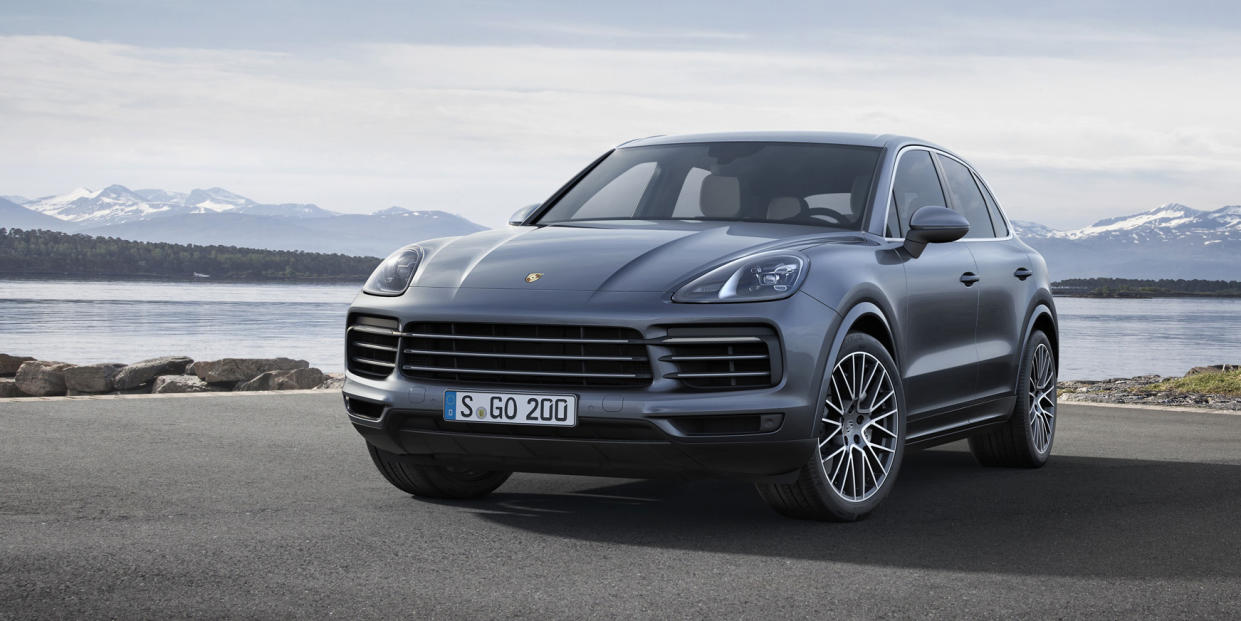
Both the Cayenne and the Cayenne S are set to hit U.S. dealers midway through 2018, starting at $65,700 and $82,900. The base car has the three-liter single-turbo V6 tuned to produce 340 horsepower and 332 lb-ft of torque, while the S packs a 2.9L twin-turbo V6 making 440 horsepower and 406 lb-ft of torque. Both come standard with a fully variable all-wheel drive system and a new 8-speed version of Porsche’s Tiptronic S gearbox, but as usual, you’ll want to spend some extra on Stuttgart’s rather tempting options. Of which there are many.
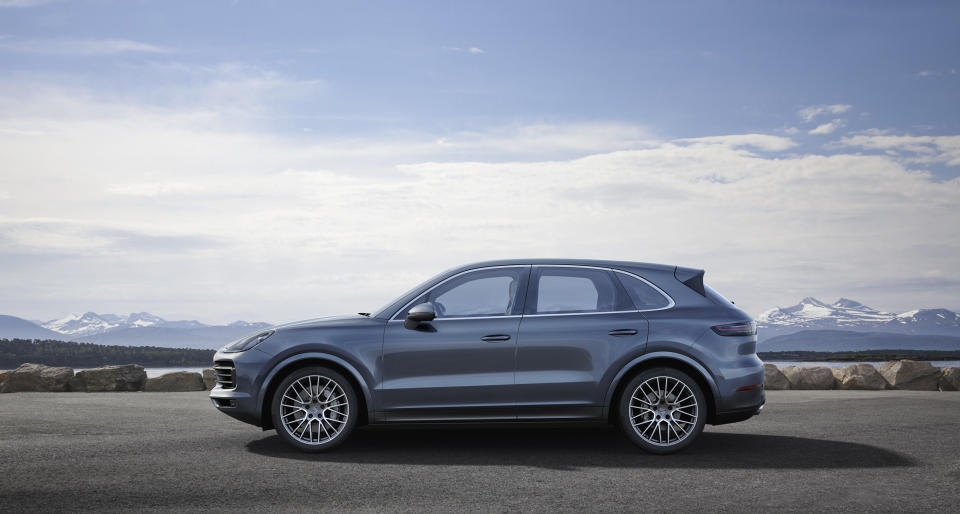
Porsche says the third-generation Cayenne can be up to 143 lbs. lighter than the previous car, which may not sound like a lot, mostly because it isn’t. Yet when it comes to large SUVs with six-cylinder turbos up front, every little bit helps, starting with the 22 lbs. saved by a lithium-ion polymer battery. The remaining 121 lbs. of the Cayenne’s weight shredding comes from an excessive use of aluminum. Almost the entire exterior is made of the alloy, just like the floorpan, the car’s front section and “virtually all the chassis components.”
Speaking of the chassis, there are quite a few updates in that department too. Porsche used a new separated link design for the front axle with a multilink setup at the rear, complemented by larger wheels ranging from 19 to 21 inches. Rear-axle steering is optional, but when equipped will reduce the turning radius at low speeds while providing greater stability at a quicker pace.
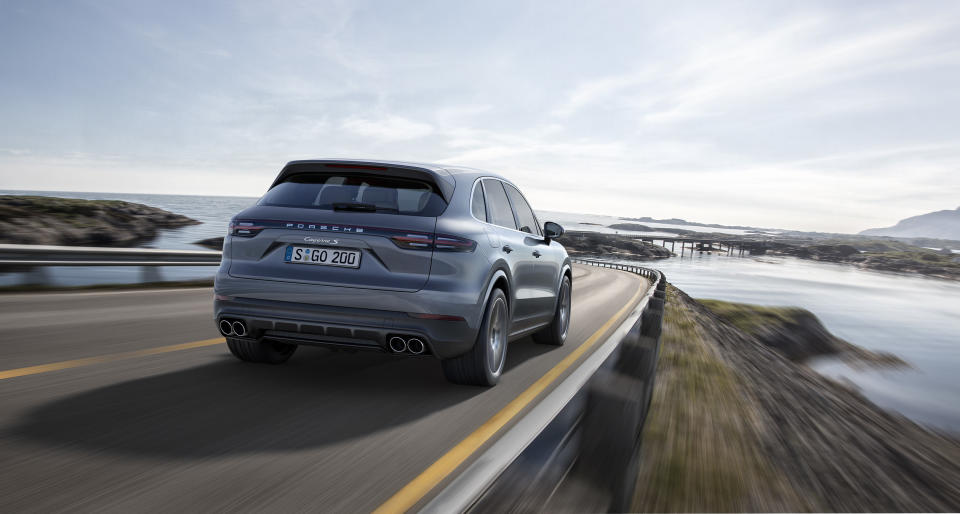
The already familiar active dampers are only standard with the 440 horsepower S, while those looking for more comfort can opt for a new three-chamber air suspension. Alternatively, the performance-inclined can choose Porsche Dynamic Chassis Control (PDCC), which adds active stabilizer bars controlled via a 48-volt electrical system. If that sounds familiar, it’s because Audi and Bentley has been using it for a while, but at Porsche, the system debuted with the second-generation Panamera.
Interestingly, priced below the range-topping Carbon Ceramic Brake package will be a new option available with 20 and 21-inch wheels only: cast-iron discs with a tungsten-carbide coating. Porsche says that as well as having an “impressive glossy appearance complemented by white painted calipers," this finish also increases friction while reducing wear and brake dust.
That's good, since the Cayenne can accelerate to 60 mph in 5.9 seconds (or 5.6 seconds with the optional Sport Chrono package) and has a “top track speed” of 152 mph, while the Cayenne S (and it's more powerful engine) will do the same run in 4.9 seconds (or 4.6 seconds with the Sport Chrono), and continue on to a 164 mph top speed. Perhaps more importantly, the new 8-speed has shorter gearing with an intentionally long eighth gear, improving response while reducing noise, vibration and consumption levels at cruising speeds.
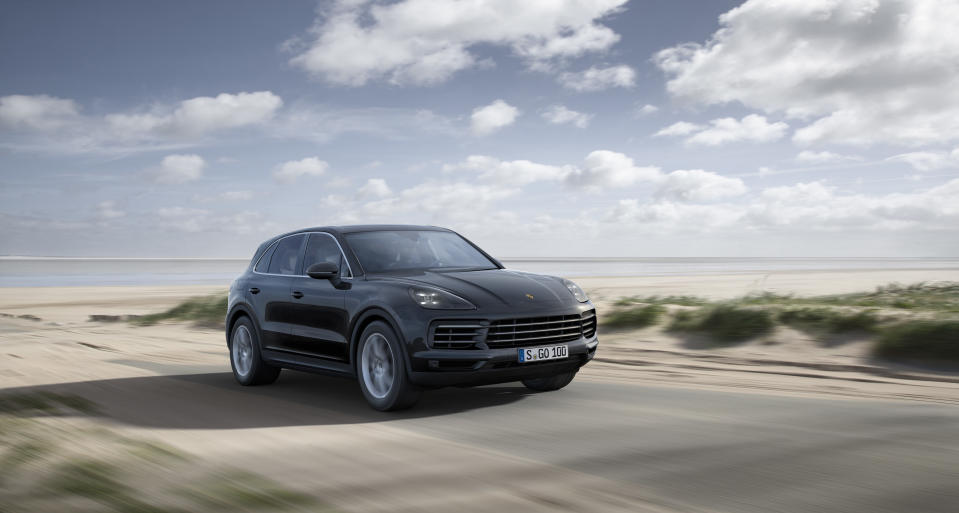
The redeveloped Sport Chrono Package has a similar design to the system found in the 918 Spyder, with the dial on the steering wheel offering an individually configurable mode called PSM Sport, as well as the usual Normal, Sport, and Sport Plus setups. PSM can save up to six individual profiles, while overboost can be engaged by pressing the Sport Response button in the center, which activates the most aggressive engine and transmission mapping for 20 seconds. According to Porsche, it is the new bigger wheels that “underscore the fact that the Cayenne is designed to be the sports car within its segment,” but the rest of the specs should leave a shadow of doubt about that either.
When it comes to the exterior design, I would say that this evolutionary approach resulted in a sleeker SUV that’s certainly more like a scaled up Macan than anything new, but that might just be the ticket to the buyers’ hearts. Plus, if you look at the original from 2003, all the crucial elements are still where they should be.
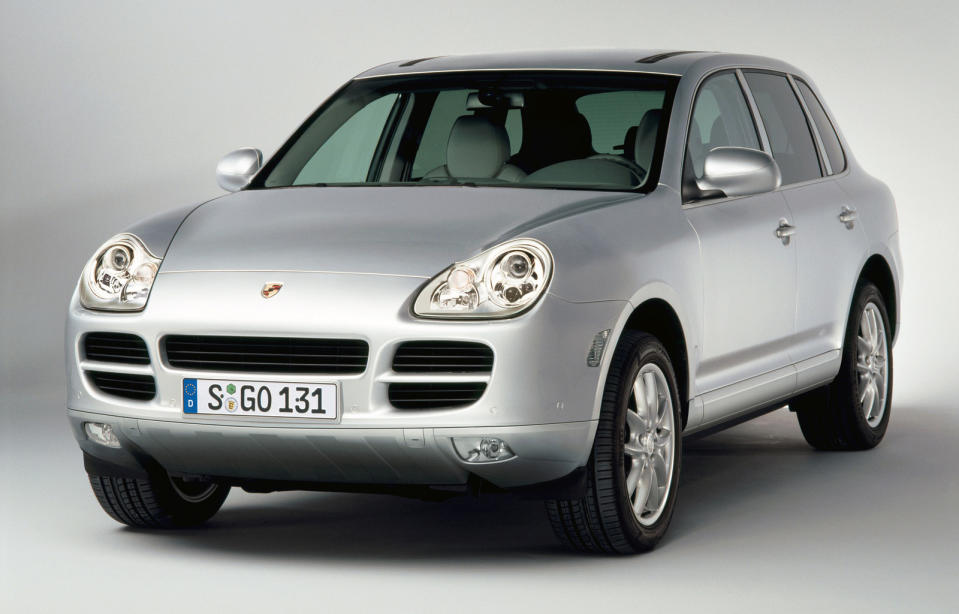
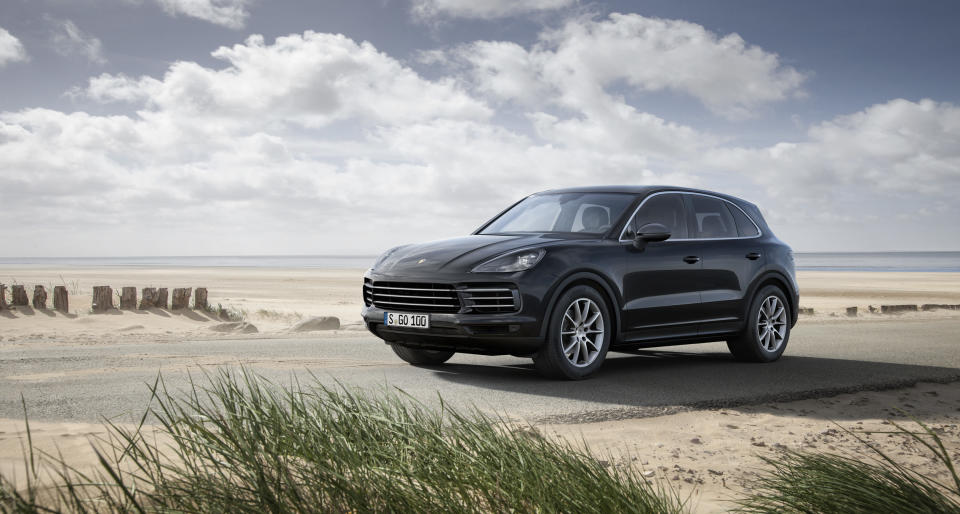
The Cayenne’s audience will probably be much more interested in what’s inside anyway. The list starts with a 12.3-inch full-HD touchscreen (also lifted from the Panamera), with improved touch and also voice controls. Porsche Connect Plus is standard, allowing subscribers to have access to real-time traffic information. There are two new sound systems from Bose and Burmester, as you would expect. Bigger news is that while the analog controls on the center console are focused on the main functions of the vehicle, all other buttons are integrated into the smartphone-like, glass-look touch surface. Don’t worry though, the analog tachometer is right where it’s always been. Surrounding it are two 7-inch full-HD displays with data that can be selected and changed using the multi-function steering wheel.
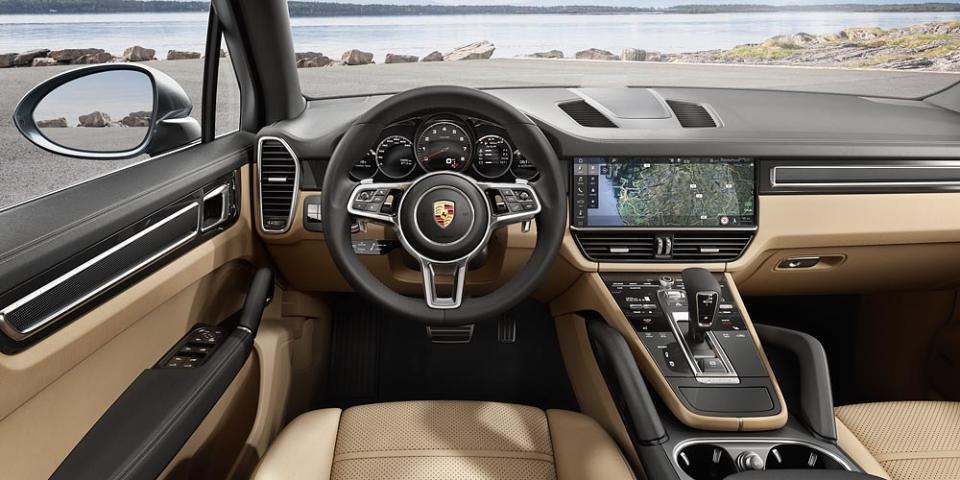
Further safety-enhancing options include Night Vision Assist (which uses thermal imaging), Lane Change Assist, Lane Keep Assist including traffic sign recognition, traffic jam assist, ParkAssist including Surround View, and Porsche InnoDrive including adaptive cruise control. Porsche even threw in a new Off-road Precision App as part of Connect Plus, which can record rough-terrain drives to help the driver to improve her or his own skills. Because that’s what Cayennes are all about. Rough-terrain drives.
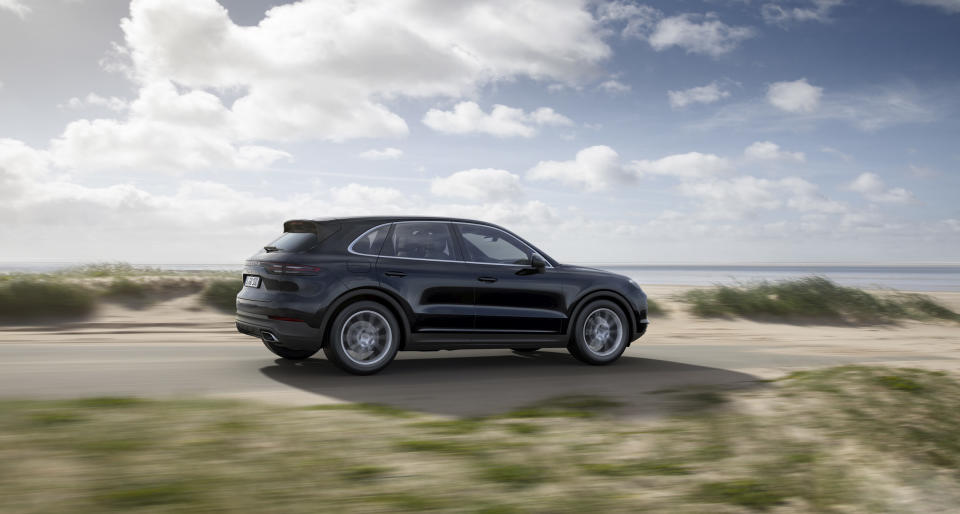
As mentioned before, the 2019 Cayenne and Cayenne S models are available to order with a base MSRP of $65,700 and $82,900, excluding the $1,050 delivery, processing and handling fees. They'll reach U.S. dealers next summer.
You Might Also Like

